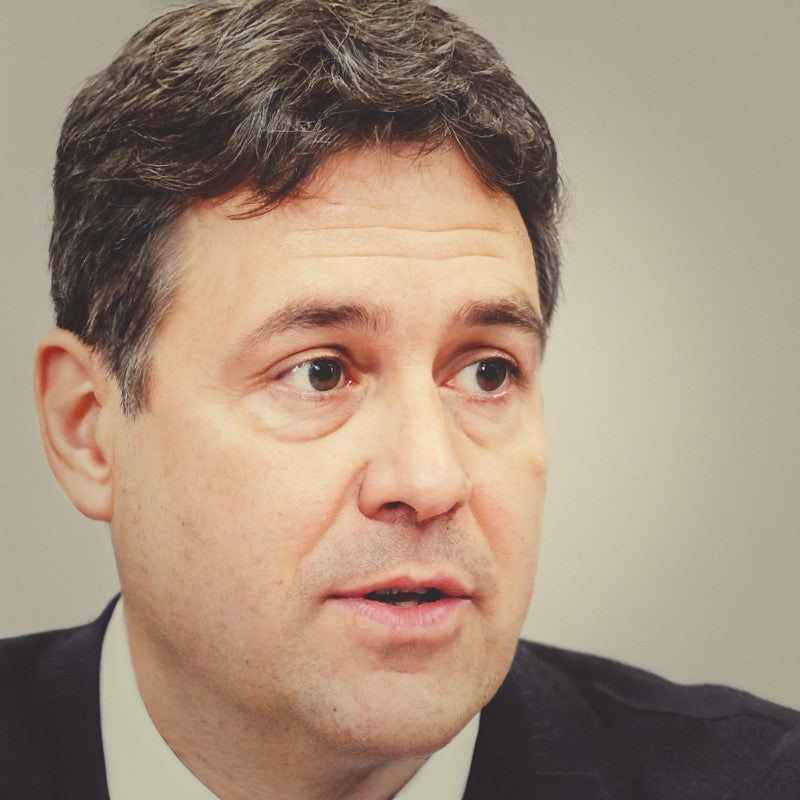Crafting a compelling 250-word statement for Civil Service exams is often the most daunting task for candidates.
It's a concise yet challenging exercise that demands clarity, precision, and a deep understanding of the required behaviours.
However, with a solid grasp of the behaviour in question and a structured approach, this perceived weakness can transform into a significant strength.
Related article: 5 Seeing the Big Picture EO Statements
What "Seeing the Big Picture" Means at Executive Officer (EO) Level
At the Executive Officer level, "Seeing the Big Picture" entails understanding the broader context in which your role operates. This behaviour involves recognizing how your work aligns with organizational goals and the wider societal impact. As an EO, you are expected to:
-
Understand Strategic Objectives: Comprehend and support the strategic aims of your department and how they contribute to the government's priorities.
-
Recognize the Impact: Identify how your actions affect other teams, departments, and the public.
-
Anticipate Challenges: Foresee potential obstacles and opportunities within your scope of work.
- Collaboration: Work effectively with colleagues across various levels and functions to achieve common goals.
This level of understanding marks a step up from previous grades, where the focus might have been more on individual tasks and immediate team goals. As an EO, you need to think more holistically and strategically.
Statement Structure: The B-STAR Technique
To articulate your capability in "Seeing the Big Picture," the B-STAR (Belief, Situation, Task, Action, Result) technique can be incredibly effective. Here’s how to apply it:
-
Belief: Start by stating your belief or understanding regarding the importance of seeing the big picture in your role. This sets the stage for your example and aligns your mindset with the behaviour.
-
Situation: Briefly describe a situation where understanding the broader context was crucial. Provide enough detail to set the scene without delving into unnecessary specifics.
-
Task: Clearly outline your specific task in this situation. What was your responsibility? How did it fit into the bigger picture?
-
Action: Detail the actions you took to address the task, ensuring to highlight how you considered the wider implications. Focus on your strategic thinking and collaborative efforts.
-
Result: Conclude with the outcome of your actions. Emphasize the positive impact on your team, department, or the public, and reflect on what this meant for the overall objectives.
By adhering to this structure, you can present a well-rounded and compelling narrative that showcases your ability to "See the Big Picture" at the Executive Officer level.
 Check out 50 example statements across all 9 key behaviours
Check out 50 example statements across all 9 key behaviours
To illustrate this approach, consider the following example statement:
250 Word Statement Example
I understand the importance of seeing the big picture and how our work contributes to the broader goals of the Civil Service. My role involves developing policies to improve access to education for disadvantaged communities, which directly supports the government's objective of reducing educational inequality.
To align my work with these broader objectives, I regularly review national education policies and reports to stay informed about current issues and trends. This knowledge helps me ensure that our policies are relevant and effective. For instance, I recently read a government report highlighting the digital divide in education, which prompted me to explore initiatives that provide technology access to underserved schools.
Understanding the diverse needs of our stakeholders is crucial. I engage with educators, parents, and community leaders to gather their insights and feedback. This helps me design policies that are inclusive and address the real challenges faced by those on the ground. For example, during consultations, teachers expressed the need for more digital training. In response, I incorporated professional development programs into our policy recommendations.
This approach was particularly evident when we successfully launched a pilot program to equip 50 schools with digital tools and training. This project not only met immediate needs but also laid the groundwork for nationwide implementation, supporting the government’s long-term vision for educational equity.
Seeing the big picture in my role has reinforced my commitment to creating impactful policies that serve the national interest and support the Civil Service's overarching goals.


